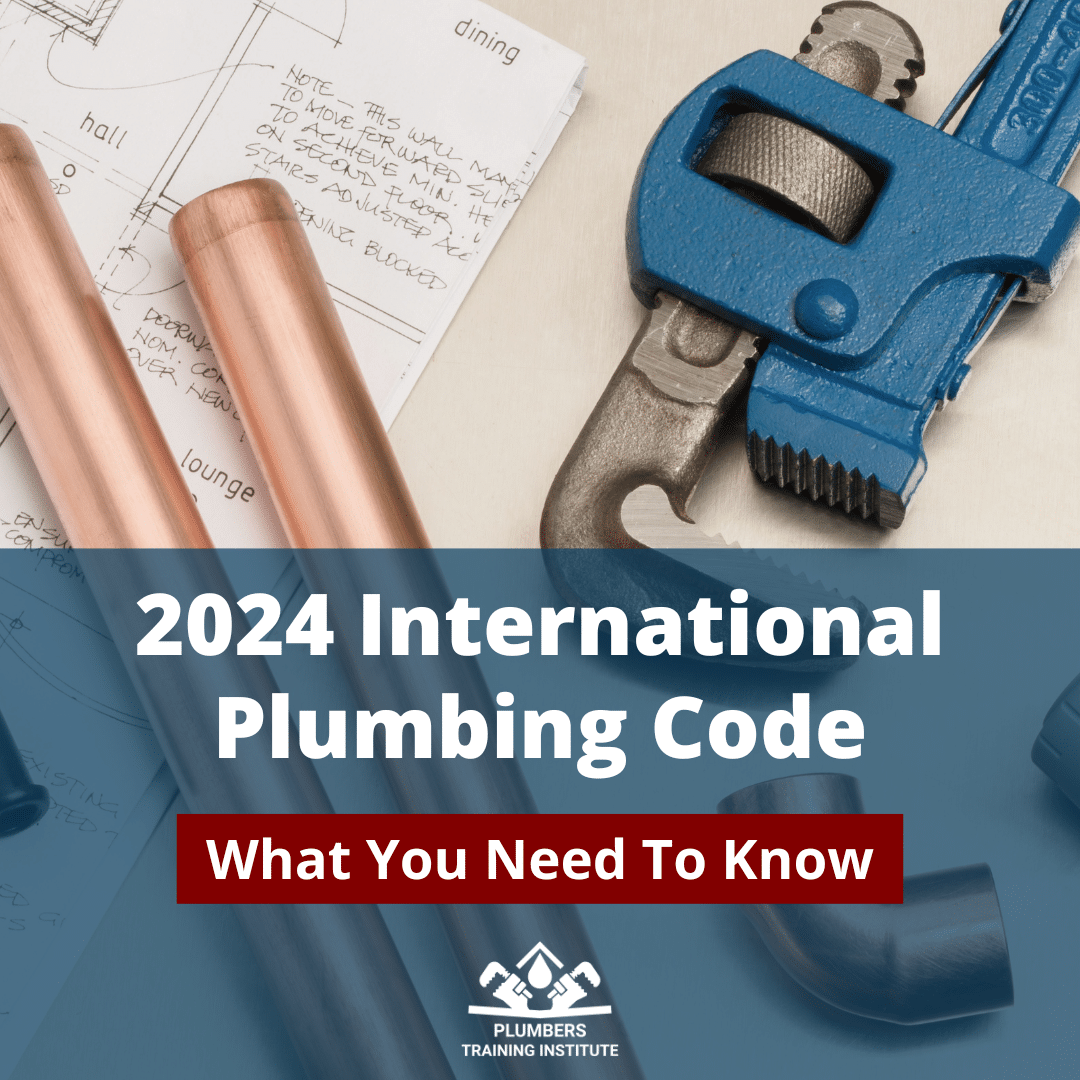Table of Contents
Standing water can create damage to the setting, to the house, and to your wellness. A water heating unit, for instance, requires you to deal with power, 240 volts of it, for setup.
The expert will also see if the modifications will certainly meet the plumbing criteria and policies established by the federal government and if not, they'll recommend other ways to achieve what you desire. They have the understanding to deem if the alterations are possible and to do them the ideal way. Poor smell is also another among those concerns in which trouble may lie much deeper than what manifests externally.
In many cases, you only need to wait for a warmer day to allow the pipes that themselves. It's likewise common to take it upon on your own to make use of a warm source to thaw the pipelines. You require to recognize that the cycle of freezing and thawing can damage the pipelines.
If you discover that you're having this concern too typically, you might call a specialist for a remedy. If any of your DIY pipes repairs plans involve any kind of internal pipeline, scrap it simultaneously. You will most likely have to dig or open up a wall to reach those pipes.
Should I Plumb My Own Home around me Jacksonville, Florida
As a homeowner, having some fundamental plumbing knowledge and skills can can be found in helpful when handling minor pipes problems or emergency situations. Right here are some DIY pipes pointers and techniques to assist you manage typical plumbing troubles. Of the DIY plumbing pointers, familiarizing on your own with the place of the major water shut-off shutoff in your home is a vital step for every house owner.
Normally, the shut-off valve lies near where the main water line goes into your home, often in a cellar, crawl area, laundry room, or near the hot water heater. As soon as you situate the shutoff, ensure it is conveniently available and not blocked by any items or particles. Take into consideration labeling or noting the shutoff's location for fast recognition throughout emergencies.
This shutoff is generally located near where the water enters your house, such as in the cellar, crawl room, or near the water meter. It's important to recognize its precise location to ensure that you can quickly access it in instance of a plumbing emergency, such as a ruptured pipeline or a significant leak.

To locate the main water shut-off shutoff, you can start by inspecting areas near your hot water heater, frequently set up near the shutoff. In addition, you can comply with the path of the major water line from the water meter to identify where it enters your home. Once you locate the shut-off shutoff, ensure it is conveniently obtainable and not obstructed by any items or particles.
Plungers are particularly valuable for managing blockages in sinks, showers, or bathtubs. To make use of a plunger: Start by making certain enough water in the fixture to cover the plunger's rubber mug. Area the bettor over the drainpipe and securely press it down to develop a seal. Strongly push and pull the bettor backwards and forwards to produce suction and dislodge the obstruction.
Should I Plumb My Own Home around me Jacksonville
Drain strainers usually have tiny holes or mesh that allow water to stream via while trapping larger items. They are low-cost, simple to install, and can save you from the inconvenience of managing obstructed drains pipes. Consider utilizing a sink strainer or a screen that fits over the drain. This will certainly capture food scraps, oil, and various other solids that can trigger clogs.

Using drain strainers or displays, you develop a simple barrier stopping larger particles from getting in the drain and creating obstructions. Include these strainers or displays right into your routine cleaning routine, and you'll considerably reduce the risk of blocked drains pipes in your home.
A running toilet is not only frustrating but can additionally squander a substantial amount of water. When you hear the noise of water constantly running in your bathroom tank, it suggests a problem that needs to be attended to immediately. Among the most usual root causes of a running commode is a faulty flapper shutoff.
Diy Plumbing near me Jacksonville, Florida
Its function is to create a seal and prevent water from streaming from the storage tank to the bowl when the commode is not being used. If the flapper shutoff is harmed, worn out, or misaligned, it may fail to develop a proper seal, triggering water to leak into the bowl regularly.
Navigation
Latest Posts
Diy Plumbing around me Jacksonville
Should I Plumb My Own Home close to Jacksonville, Florida
Should I Plumb My Own Home close to Jacksonville